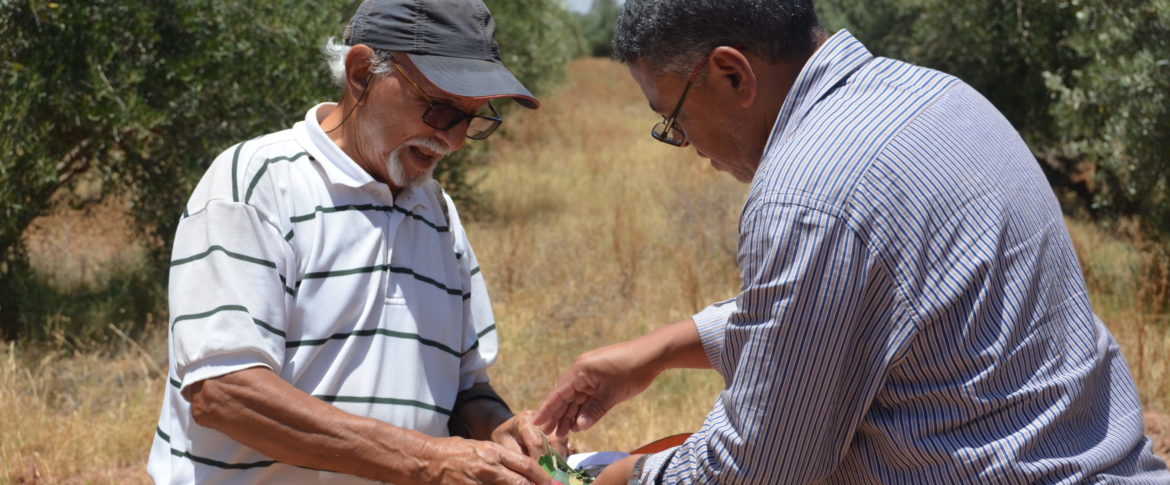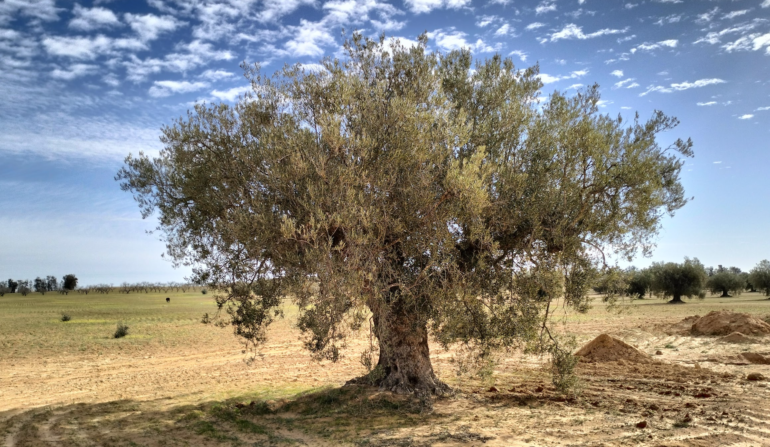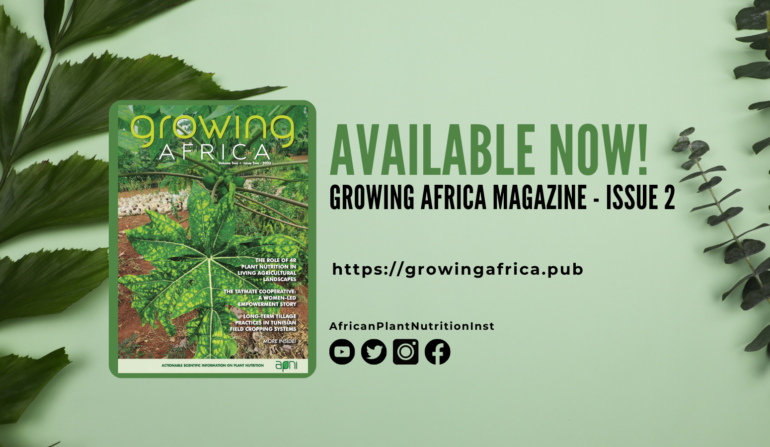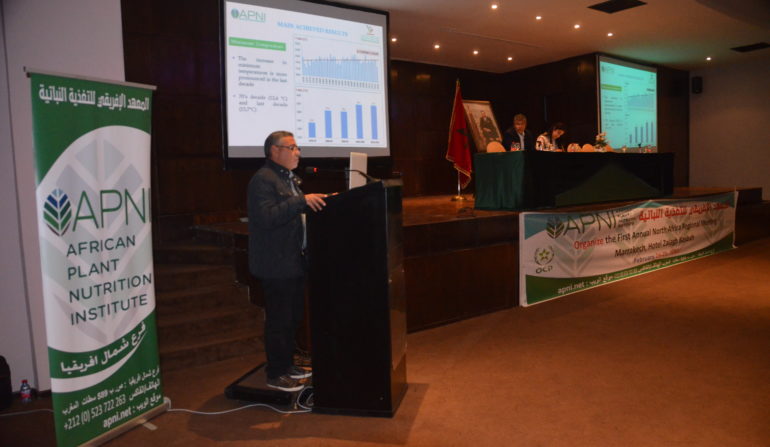The Soil Health and Carbon Sequestration initiative for Olive Systems in Tunisia has been set up by APNI in 2023,...

Out-scaling 4R Nutrient Stewardship Knowledge to Support Olive Production and Establishment of Nutrient Sufficient Ranges for Intensive Olive Plantations in Tunisia

Theme: Precision Nutrient Management
Lead
APNI
Supported by
APNI
Main Collaborators
Olive Institute Tunisia
Target Crops
Olive
Target Countries
Tunisia
Description
Olive is the most important crops in Tunisia. In order to mitigate the problem of alternating production in the crop (higher producing crop years followed by lower producing crop years), an important extension of irrigated olive area (over 90,000 ha) has been realized during the last decade. However, the average yield in irrigated olive orchards is still low (2 t/ha average) compared to the other countries such Spain and Italy that produce 7 t/ha. Tunisia
s low yields are due to several factors, among them, inefficient and unbalanced fertilization. Farmer fertilization practices (FFP) are traditionally based on the same fertilization program every year, without any consideration for either soil fertility or crop requirement. Higher amounts of nitrogen (N), applied as ammonium nitrate, are used while other nutrients like phosphorus (P) or potassium (K) are ignored. Many olive orchards are fertilized with excessive amounts of N that have the potential to cause environmental harm.
Previous research in Tunisia has shown that FFP in intensive and super intensive orchards are also arbitrary and are performed without knowledge of the tree nutritional status, the nutrient balance, or the soil and water. This project intends to improve knowledge on optimization of the rates of NPK nutrients based on the 4R nutrient stewardship principles and the development of nutrient sufficient range for intensive olive cultivation.
Global Objective
Increasing farm income by improving olive fruit and oil yields and quality from intensive olive orchards through the adoption of advanced best nutrient management practices.
Activity 1: Establishment of pilot demonstration trials for learning 4R nutrient stewardship.
Activity 2: Establishment of the appropriate approach to prepare the olive NPK fertilization program.
Activity 3: Establishment of nutrients optimal range for nutritional diagnosis of olive based on the DRIS method.
Activity 4: Training and field days based on 4R nutrient stewardship.
Activity 5: Development of educational material and best nutrient management practices of olive orchards.
Related Information
Now Available: Growing Africa Issue (2023 #2)
Our latest issue of Growing Africa (2023 #2), a semi-annual publication providing actionable scientific information on plant nutrition for Africa,...
1st Annual APNI North African Regional Meeting Sets Research Priorities for 2020
The APNI North Africa office organized its first annual regional meeting on 24-25 February, 2020 in Marrakech. The meeting gathered...



